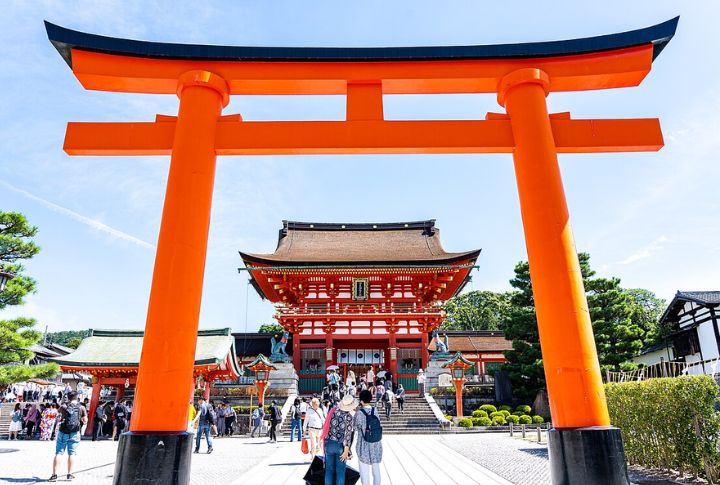
In a forest path or a city shrine, the presence of something unseen is just part of the background. Shinto doesn’t claim to answer everything; it simply invites connection. Rooted in Japanese life for centuries, it still speaks quietly today. Let’s take a closer look at the traditions and ideas behind this enduring native faith.
The Spirits Of Nature And Place

Walk through a dense forest in Japan and pause near a mossy stone or old tree. That stillness is where a kami might dwell. These are not gods but more like sacred forces. They exist in rivers, wind, ancestors, and even foxes. With over 8 million believed to exist, they’re everywhere.
Torii Gates Are Portals To The Sacred

Standing beneath a torii gate often brings an unexpected shift in atmosphere, as if the space itself recognizes a quiet transition. These striking red structures serve as symbolic thresholds into the sacred. At Itsukushima, one famously rises from the sea, while in Kyoto’s Fushimi Inari, thousands stretch into the forest.
Homes Of The Kami

While some shrines are well-known and visited by thousands, many are hidden in wooded paths or built on mountaintops. They serve as places where people connect with the kami through simple rituals. Purification comes first (water for hands and mouth), then prayers are made, often for personal or seasonal needs.
Celebrations Of Spirit And Community
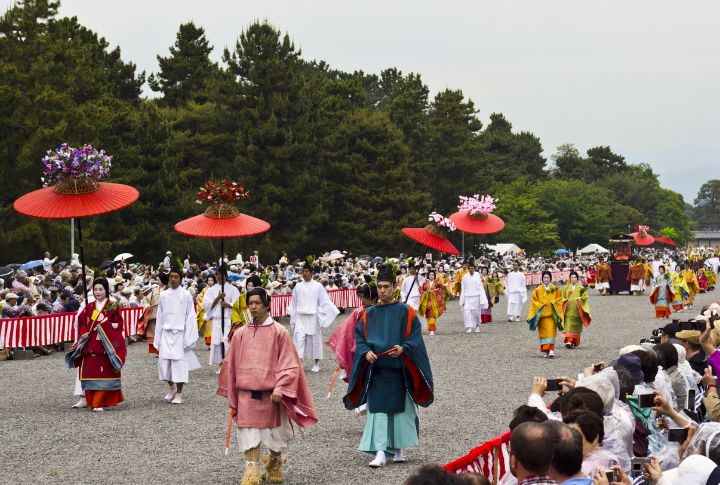
Matsuri are Shinto festivals where the presence of the kami is honored through music and offerings. Crowds follow as mikoshi are paraded through neighborhoods, often to the sound of drums and cheering. Some festivals feature unusual customs, but all combine ritual with local culture in unique ways.
Sacred Ropes Of Protection
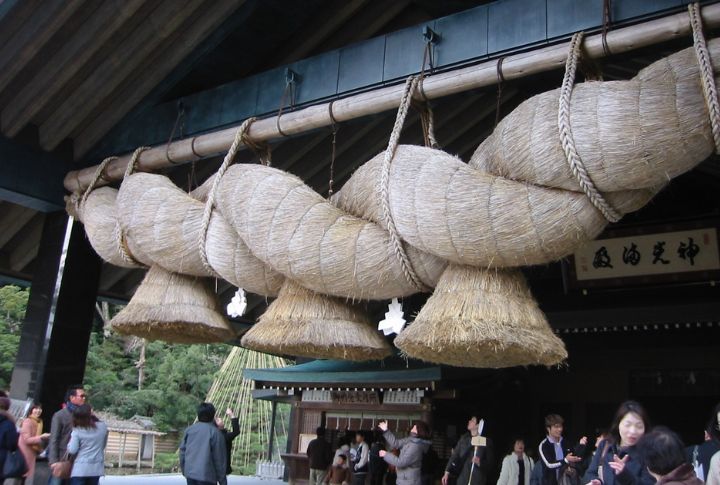
At shrines and sacred sites, shimenawa ropes signal a shift into spiritual space. Made from rice straw and often lined with zigzag shide, they mark the presence of kami. They are usually small and simple, yet some are so large they require cranes to install, stretching across entire temple fronts.
The Sun Goddess

When she hid in a cave, the world dimmed. Amaterasu is the sun itself. Her tale shaped Japan’s imperial lineage and cast her as a divine ancestor. The mirror in royal treasures reflects her essence. Even the country’s name whispers her light: The Land of the Rising Sun.
Shinto And Nature
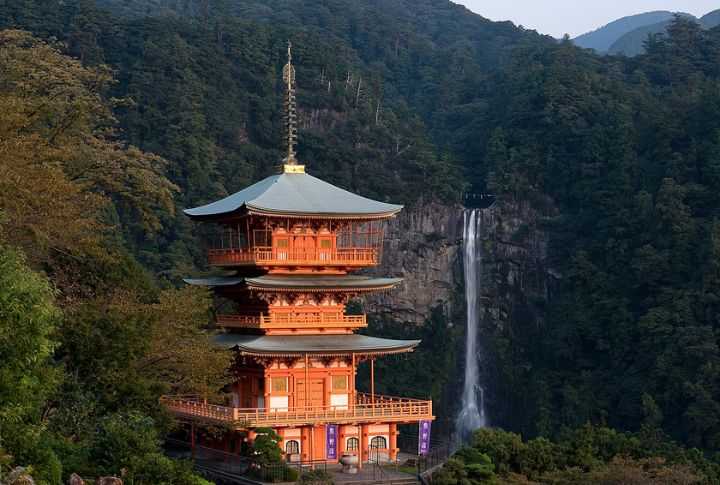
Shinto teaches that the natural world is alive with sacred presence. Trees and rivers are kami in form. That belief shapes how people engage with nature, not as background but as a spiritual reality. The Japanese aesthetic of mono no aware expresses that reverence through quiet awareness.
Shinto’s Unique Form
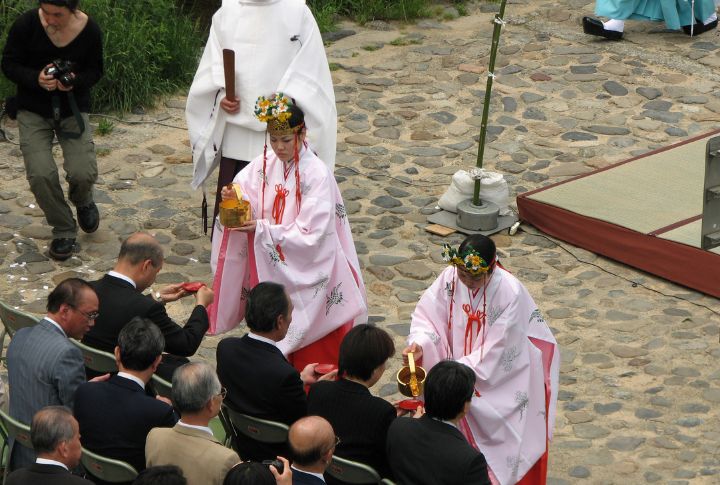
Unlike many religions, Shinto has no founding figure or central text. It evolved gradually, as it was shaped by ancient animistic beliefs and seasonal practices. Its stories and rituals were passed on through performance, not writing. The flexibility has made it remain relevant and survive centuries without needing a fixed structure.
Coexistence With Buddhism

Spiritual life in Japan often includes both Shinto and Buddhist elements. A single home might contain altars to both, which reflects how belief is shaped by need and occasion. Births, festivals, and milestones adhere to Shinto, while funerals follow Buddhist rites. The blend, called Shinbutsu-shugo, represents centuries of coexistence.
Wishes On A Wooden Board
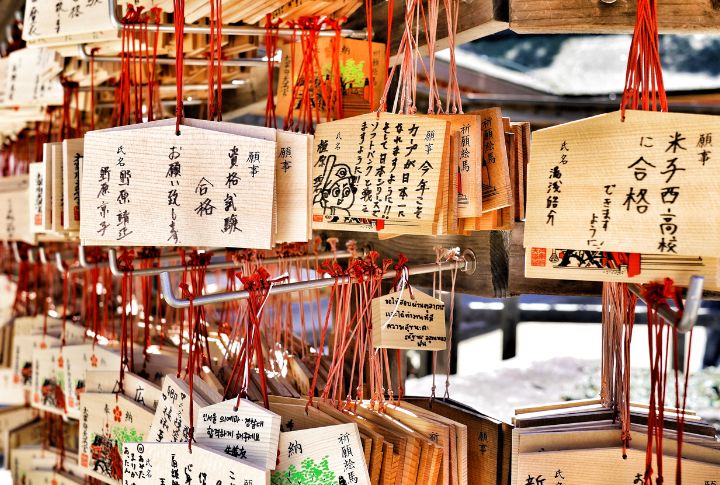
Ema plaques turn personal hopes into something physical. People write prayers and leave them at shrines, trusting the kami will listen. The drawings vary widely, from traditional motifs to anime faces. Originally, a real horse was offered. Today, a wooden board carries the same intent.

